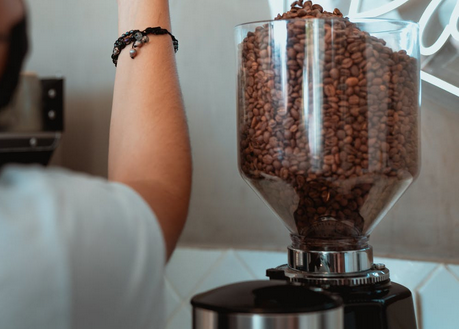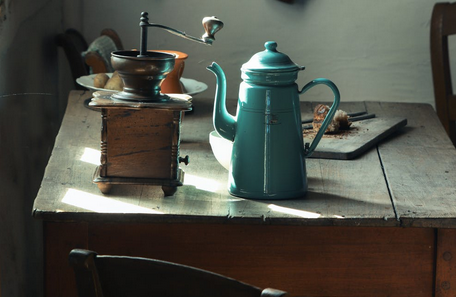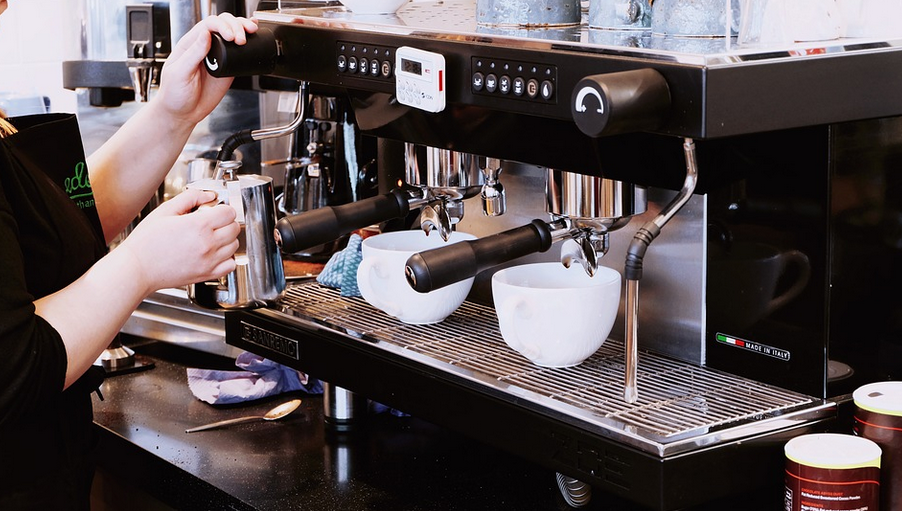Ultimate Guide to Coffee Grinders
The basis of a good cup of espresso is well-ground coffee beans. There are three factors in making a good coffee. Those are skills, bean quality, and the grinder. It requires a good coffee grinder. In this coffee grinder guide, you will learn about the different types of coffee grinders and their capabilities so that you can choose the best coffee grinder for you.
Understanding Coffee Grinding


The size of espresso grounds varies from coarse to fine. Each grind size is better suited to certain types of coffee and espresso machines. First, coarse grinds are suitable for cold brew, French-style espresso, and percolators. Moreover, medium grinds are good for pour-over coffee makers. Fine grinders are ideal for espresso, Turkish espresso, and mocha coffee makers. Unevenly sized coffees result in a sour cup of espresso, as specific stages of espresso extraction occur in a cup. It means that smaller coffees may extract all of the coffee components associated with acidic flavors that coffee drinkers don’t want.
In comparison, more giant coffees may not release all of their authentic flavors. If you want a particular type of coffee, you might want to invest in types of grinders that produce beans for that coffee. If you’re going to replace your espresso, you should opt for more versatile grinding machines.
Burr Grinders
Using a burr coffee grinder is the most environmentally friendly way to grind coffee beans. It grinds the beans with cutters, two rotating surfaces with sharp edges. These grinders produce an evenly ground coffee so you can brew a cup of espresso. Burr espresso grinders are popular with espresso lovers because of their adjustable grind and even production of espresso beans. There are different types of burr grinders: conical and flat.
Blade Grinders
Blade grinders are a more economical alternative to grinders. They grind with rotating blades to break up espresso beans and come in compact sizes so they can easily fit on your countertop. Blade grinders produce more inconsistent bean sizes than burr grinders, but many choose these models for their shorter length and affordability.
Types of Coffee Grinder Power
There are two types of coffee grinder powers that you can find in the market. Those are manual and electric power. Let’s take a look at them here.
Manual Coffee Grinder


Electric Coffee Grinder
Electric grinders plug into an electrical outlet and grind the espresso beans themselves. These grinders tend to work faster than guide grinders and are preferred for making high-quality coffee beans. Some of the premium electric grinders may have more than one grind setting to achieve a particular type of espresso, ranging from espresso to french press.
Materials Used in Grinders
Espresso grinders typically use materials such as ceramic and chrome-plated steel. Blade grinders almost always use stainless steel blades, while burr grinders use ceramic and chrome-plated steel plates. Ceramic plates are usually more expensive and have a longer life than stainless steel. You can take a look at the product names and schematics to find ceramic espresso grinders. However, stainless steel plates are sharper and can produce an exceptionally even base than ceramic.

